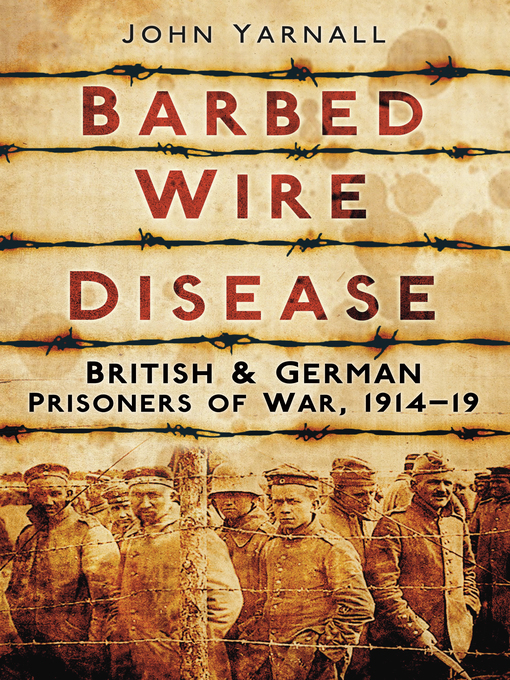- All fiction
- Mystery
- Romance
- Literature
- Historical fiction
- Science fiction favourites
- Humour
- eBook thrillers
- Fantasy
- First World War remembered
- BAME authors
- Comics & graphic novels
- LGBTQ+ collection
- See all
- Nonfiction reads
- Biography & autobiography
- History
- Travel
- Self help
- Current events & politics
- Health & fitness
- MacMillan Cancer Support Collection
- LGBTQ+ collection
- Holocaust Memorial Day
- The mither tongue
- Get Online collection
- Black Lives Matter
- See all
- Audiobooks for Family Holidays
- All fiction
- Mystery
- Romance
- Historical fiction
- Literature
- Drama
- Science fiction
- Horror
- Humour
- Thrillers
- Fantasy
- See all

